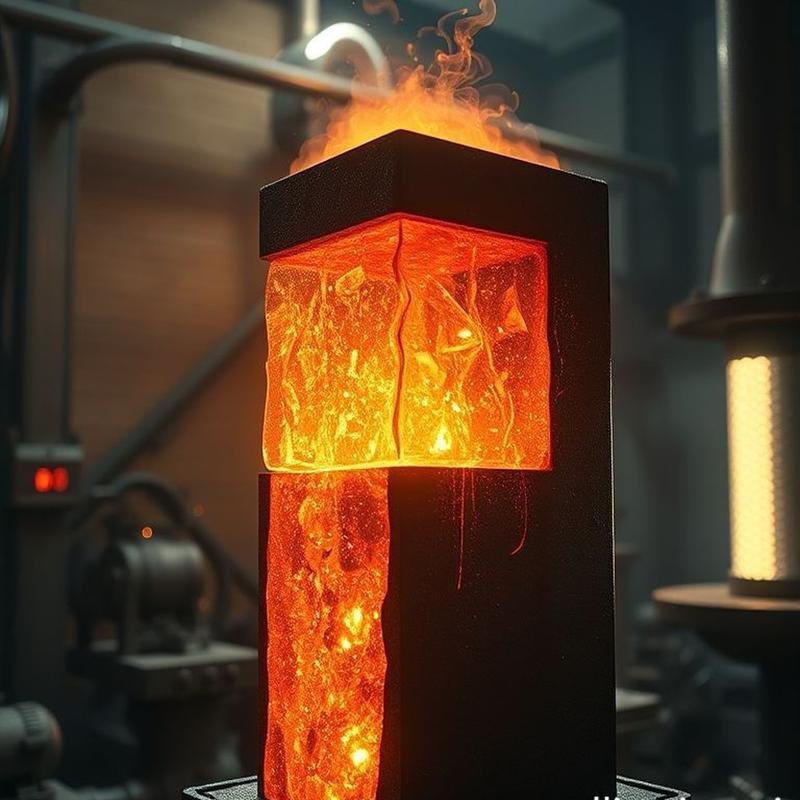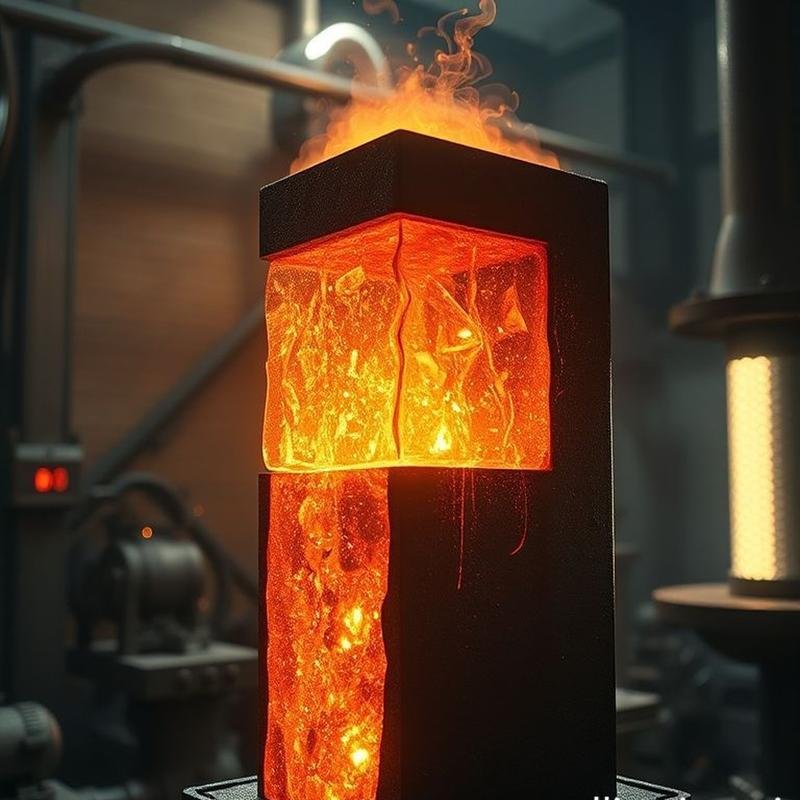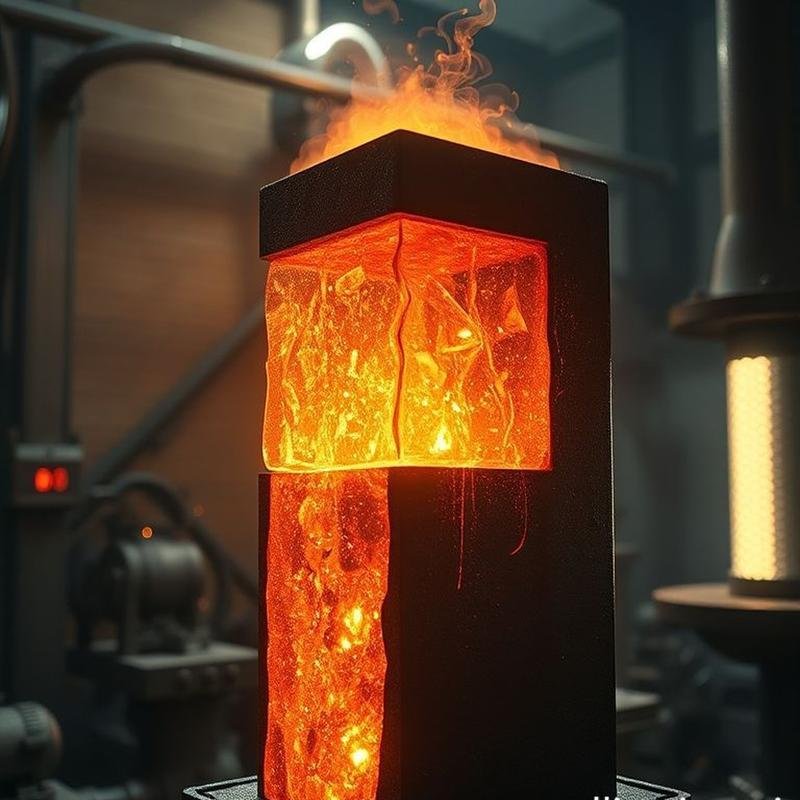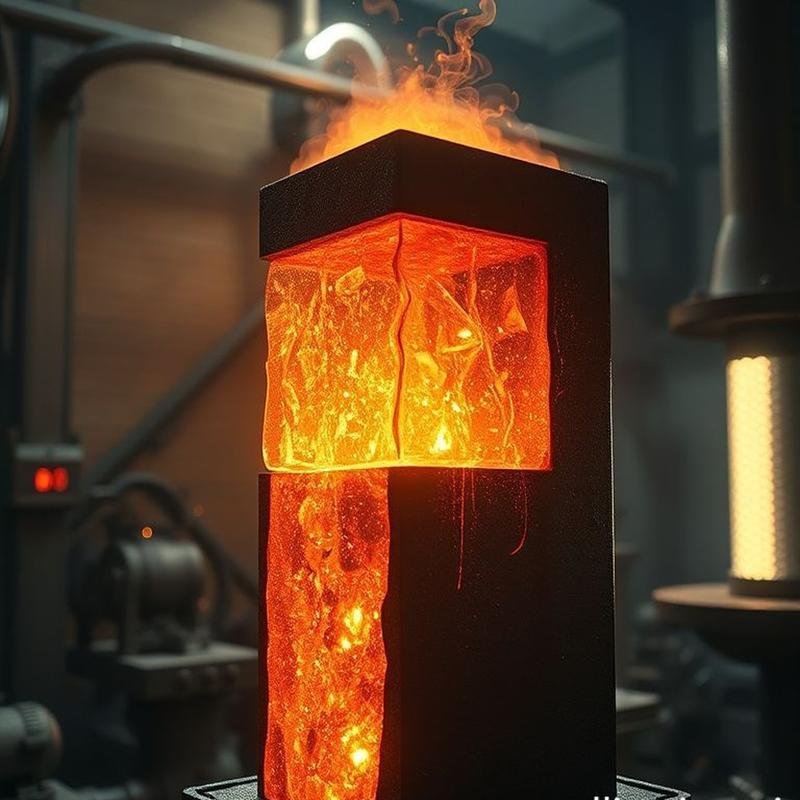The Delhi Pillar: An Enduring Iron Enigma!

Delhi Iron Pillar: Ancient Metallurgy Mystery
How has a piece of iron endured for over sixteen centuries while its surroundings succumb to decay? This is the enduring mystery of the Delhi Iron Pillar, a silent sentinel witnessing a civilization whose secrets are now obscured. Let us embark on an exploratory investigation to uncover these concealed enigmas and delve into the depths of metallurgy, a science mastered by ancient Indians with a proficiency that challenges modern understanding. Does this achievement represent the zenith of lost knowledge, or merely a transient spark of ingenuity?
Before we commence our analysis of the evidence, please share your initial hypotheses in the comments section. To ensure you remain informed of each installment in this compelling mystery’s unfolding, subscribe to our documentary channel.
The Gupta Empire: A Golden Age
As this profound question resonates, let us journey back to the golden age of the Gupta Empire. Here, in the heart of ancient India, a kingdom flourished, experiencing an unprecedented renaissance in science and the arts. During the reign of Chandragupta II, between 375 and 415 AD, an era of intellectual and technological advancement dawned, leaving an enduring legacy on all facets of this great civilization.
This majestic pillar, which stands prominently within the Qutub Minar complex, is not merely a static artifact, but a vibrant testament to the Guptas’ extraordinary metallurgical capabilities. The inscription it bears indicates its erection in honor of the god Vishnu and to commemorate King Chandra, whom historians identify as Chandragupta II. Standing seven meters in height and weighing over six tons, it is composed of wrought iron with an exceptional purity of 98%.
But what motivated the Guptas’ specific choice of iron? And why this particular location? The Qutub Minar complex, which houses this pillar, narrates a history of cultural and religious transformations spanning centuries. Were the Guptas seeking to establish an enduring legacy, thereby defying the ravages of time? Or are there further dimensions to this engineering accomplishment?
Unraveling the Mystery of Corrosion Resistance
Is this remarkable resistance to corrosion merely a coincidence, a byproduct of a rudimentary industrial process? Or are we confronted with definitive evidence of superior metallurgical expertise, a skill whose secrets have been partially lost through the vicissitudes of time?
The elevated concentration of phosphorus in the pillar’s iron, exceeding that typically found in modern steel, suggests that the ancient Indians possessed a profound understanding of this element’s properties and its beneficial effect on corrosion resistance. Furthermore, the technique of forge welding, a complex process demanding exceptional skill and meticulous precision, wherein small pieces of wrought iron are heated and fused together through repeated hammering, further elucidates the picture.
Professor Tilley, who has dedicated his career to the study of this towering pillar, posits that this unique combination of phosphorus and the meticulous welding process constitutes the key to the pillar’s legendary durability. In a groundbreaking experiment, another Indian scientist replicated these ancient techniques and successfully produced iron exhibiting remarkable rust resistance. Are we, therefore, encountering a buried legacy of lost knowledge, a living testament to the intelligence and ingenuity of our ancestors? Could the Delhi Iron Pillar represent merely the visible portion of an advanced technological civilization, concealed beneath the sands of time?
The Science of Rust
To fully appreciate the magnitude of this achievement, let us first comprehend the nature of rust, iron’s relentless adversary. Imagine iron, a metal synonymous with strength, subjected to a silent, yet devastating, assault. This is a vigorous chemical reaction requiring three essential components: iron itself, oxygen, readily available in the atmosphere, and water, or even minimal moisture.
The process, in essence, is oxidation. Here, iron atoms relinquish their electrons to combine with oxygen, transforming into iron oxide, commonly known as rust. This process, elucidated by Luigi Galvani in the late eighteenth century, transcends a mere alteration in color and appearance. Rust not only alters the form of iron, but also expands its volume, rendering it a brittle, friable material incapable of withstanding weight or pressure.
Compounding the issue is the impact of harsh environmental factors. Extreme heat and high humidity significantly accelerate the rate of corrosion. Salts, particularly sodium chloride, prevalent in seawater, act as potent catalysts, explaining the accelerated corrosion observed in maritime vessels and coastal structures. How, then, did the Delhi Iron Pillar withstand these natural challenges?
The Pillar’s Composition and Protective Layer
How did the Delhi Iron Pillar endure the test of time? The answer lies in a precise chemical analysis that revealed an astonishing finding: the pillar is composed of exceptionally high-purity iron, with a concentration reaching 99.72%, surpassing the quality of iron produced even in contemporary times. However, purity alone does not provide a complete explanation.
Trace amounts of phosphorus were detected, at a concentration not exceeding 0.15%. This element, despite its minimal quantity, plays a crucial role in safeguarding the pillar. Envision a thin, imperceptible layer of crystalline iron oxide, known as (δ-FeOOH), coating the entire surface of the pillar. This protective layer serves as a shield, protecting the underlying iron from continuous corrosion.
How was this remarkable protective layer formed? Scientists hypothesize that the ancient blacksmithing process, involving the heating and repeated hammering of the iron with considerable skill, contributed to the homogeneous distribution of phosphorus throughout the metal. This ancient technique, seemingly simple at first glance, was, in fact, instrumental in producing an exceptionally corrosion-resistant material.
Furthermore, precise studies have demonstrated that the corrosion rate of the pillar does not exceed 0.003 mm per year. This exceedingly small value underscores the exceptional effectiveness of the protective layer. Surprisingly, the fluctuating climate of Delhi, characterized by alternating periods of drought and high humidity, unexpectedly contributed to the stability of this layer over centuries. The periodic variations in humidity, in particular, promote the growth and cohesion of this protective layer.
Finally, minute particles of slag are found embedded within the iron, remnants of the ancient smelting process. The precise function of these particles remains an unresolved mystery, but it is believed that they may have contributed to enhancing corrosion resistance, possibly by altering the chemical composition of the iron or by providing additional nucleation sites for the formation of the protective layer.
Speculations and Theories
What if the narrative extends beyond mere coincidence? What if the techniques employed by the ancient Indians transcend the limitations of our current understanding and harbor concealed secrets? Here, speculation ignites.
The plasma processing theory suggests the potential utilization of a highly advanced technique in shaping and strengthening iron, surpassing the known blacksmithing methods of that era. Did they possess the capacity to harness the power of plasma in ways that remain unknown to us today? The nano-alloy hypothesis leads us to the atomic realm, where some propose that they may have employed rudimentary techniques to create nano-alloys, resulting in a homogeneous distribution of corrosion-resistant elements at the atomic level. A remarkable achievement indeed!
Then there is the concept of lost technology, a disconcerting proposition that the precise knowledge of the iron processing process has been lost to oblivion, perhaps due to natural disasters or the destruction of ancient texts. Could we be witnessing a fleeting glimpse of superior technological capabilities, lost forever? Others speculate about the effect of the great furnace, suggesting that the furnaces used in smelting iron operated under exceptional conditions, such as high temperatures or the presence of rare metals, leading to the formation of a natural protective layer on the surface of the iron.
Even the pillar’s location itself raises a series of questions. Did the geological or magnetic properties of the earth play a role in reducing the rate of corrosion? The earth effect theory invites us to contemplate a complex interaction between matter and the surrounding environment. Examining the Wuhu Iron Pillar in China, we find indications that these techniques may not have been exclusive to India. Was there an exchange of knowledge between ancient civilizations? Finally, radioisotope analysis suggests that the iron used may have been of meteoric origin, which would explain its exceptional purity and unique properties.
Deliberate Engineering or Fortuitous Accident?
Was this engineering excellence the result of meticulous planning, or simply a fortuitous accident? While analyses indicate an unusually high concentration of phosphorus in the iron – a concentration exceeding the levels typically found in ancient industries – the question remains whether the ancient blacksmiths recognized the protective effect of this substance. Some interpret the crystalline iron phosphate layer as a protective shield, but there is no conclusive evidence to demonstrate that they deliberately produced it. The iron mining process of that era primarily aimed at removing sulfur, not necessarily achieving absolute purity of the metal.
It is true that the use of charcoal instead of coal contributed to reducing the concentration of sulfur, but was this intentional to protect the metal from rust? Or was it simply the only option available? The process of repeated hammering and heating may also have contributed to the formation of the protective layer, but again, was this done with knowledge and awareness? Even the inscriptions dating back to the reign of Chandragupta II provide no indications regarding the manufacturing process, or even the purpose of rust resistance. The pillar remains silent, guarding its concealed secrets, and leaving us to ponder whether this was a deliberate engineering achievement, or a discovery born of chance?
Lessons for the Future
Can the techniques of our ancestors illuminate our future endeavors? Can the secret of the Delhi Iron Pillar’s legendary endurance inspire solutions to our contemporary challenges? A careful study of ancient iron mining processes may reveal innovative approaches to developing more corrosion-resistant materials, which is vital for modern infrastructure, particularly in harsh marine environments where rust poses a significant threat. Consider how the hot forming process mastered by the ancient Indians may have contributed to a homogeneous distribution of impurities within the metal, imparting unique resistance. Can we not simulate this precise process to enhance steel production today? And that passive protective layer that formed over centuries on the surface of the pillar, can we not draw inspiration from it to develop protective coatings?








